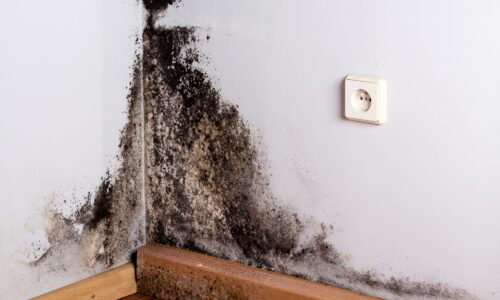
How to improve your indoor air quality
- WELLNESS
- June 18, 2023
In the world of interior design, creating a visually stunning space is often the primary focus. However, it’s important to recognize that the beauty of an interior design is not truly realized unless accompanied by excellent indoor air quality. The air we breathe directly affects our health, comfort, and overall well-being. Regardless of how aesthetically pleasing a space may be, it must also prioritize and maintain high indoor air quality. This requires understanding and implementing strategies to improve ventilation, reduce pollutants, and address potential issues like mold growth. By integrating these considerations into our design approach, we can create spaces that are not only visually appealing but also promote a healthy and inviting atmosphere for everyone who enters.
Here are 11 key strategies for enhancing indoor air quality:
1. Ventilation: Open windows, use exhaust fans, and promote natural airflow to circulate fresh air and reduce pollutants indoors.
2. Keep a clean environment: Regularly vacuum, dust, and clean surfaces to minimize dust, allergens, and other airborne particles.
3. Avoid smoking indoors: Implement a no-smoking policy to prevent tobacco smoke from contaminating indoor air.
4. Control humidity: Use dehumidifiers in damp areas and humidifiers in dry climates to maintain optimal humidity levels.
5. Choose low-emission materials: Opt for low-VOC or VOC-free products to minimize chemical emissions from building materials and household products.
6. Maintain HVAC systems: Regularly clean and replace air filters and schedule professional maintenance for HVAC systems to improve air circulation and filtration.
7. Indoor plants: Incorporate air-purifying plants into your space to naturally filter out pollutants.
8. Minimize use of harsh chemicals: Use eco-friendly and non-toxic cleaning products to reduce chemical exposure.
9. Control allergens: Clean bedding, rugs, and soft furnishings regularly to minimize allergen buildup and consider allergen-proof covers.
10. Test for radon and carbon monoxide: Test for radon gas and ensure functioning carbon monoxide detectors for a safe indoor environment.
11. Preventing and Cleaning Mold:
- Control moisture: Keep humidity levels below 60%, repair leaks promptly, and ensure proper ventilation in moisture-prone areas to prevent mold growth.
- Properly ventilate: Use exhaust fans or open windows when cooking, showering, or running appliances to remove excess humidity and prevent mold growth.
- Address leaks promptly: Repair any leaks in pipes, roofs, or windows immediately to prevent moisture buildup and potential mold growth.
- Regularly clean and dry surfaces: Clean and dry surfaces prone to moisture, such as bathroom tiles, shower curtains, and windowsills, to prevent mold growth.
- Protect yourself: Wear protective gear when cleaning mold to minimize exposure to mold spores.
- Remove visible mold: Use a solution of water and detergent to scrub away visible mold from hard surfaces. Dry the area thoroughly after cleaning.
- Treat porous materials: Consult professionals for proper remediation of mold-infested porous materials like drywall, carpets, and upholstery.
- Discard contaminated items: Carefully bag and dispose of heavily mold-infested materials or porous items that cannot be cleaned.
By implementing these tips, including preventive measures and proper cleaning practices for mold, you can significantly enhance indoor air quality, promoting a healthier and more comfortable living environment.





